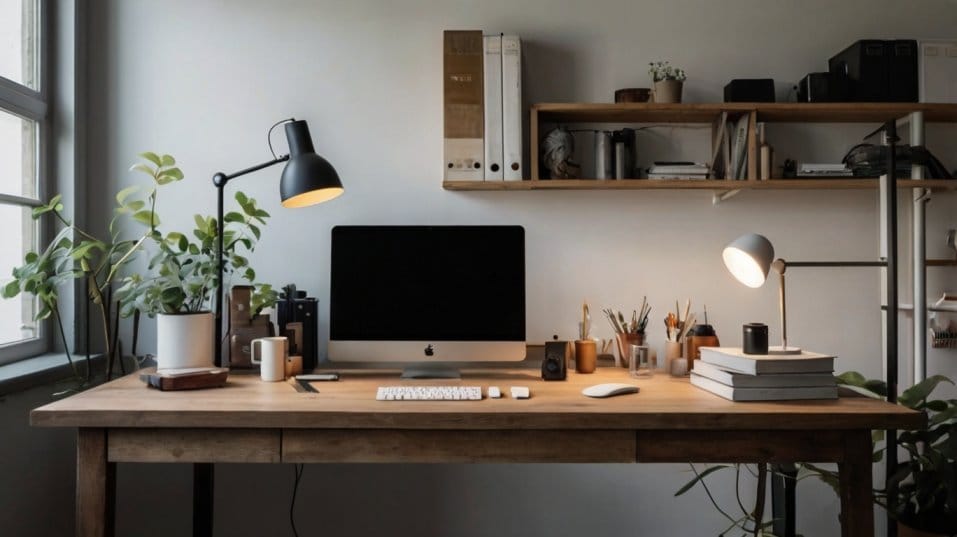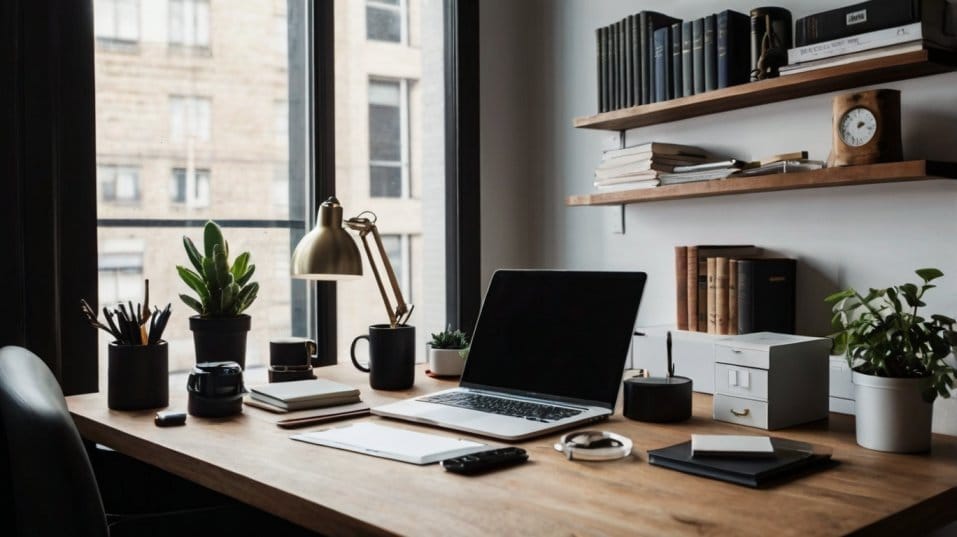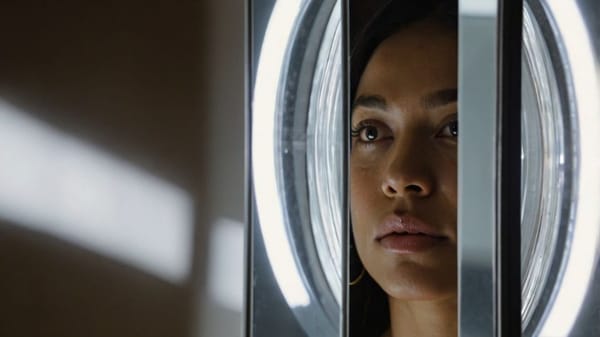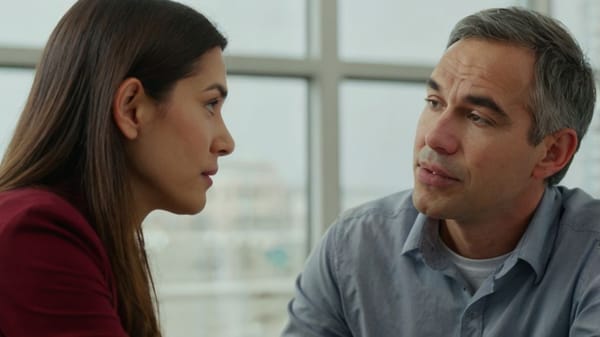The Role of Minimalism in Mindful Productivity
Discover how minimalism enhances mindful productivity by reducing distractions, simplifying tasks, and fostering focus for greater efficiency.

Do you ever feel like your workday is slipping away, buried under distractions and endless to-do lists?
Minimalism isn’t just about a clean desk—it’s a mindset that cuts through the noise, sharpening your focus and streamlining your workflow. When you remove the excess, you create space for what truly matters.
This shift not only boosts productivity but also reduces stress, giving you more control over your time, energy, and mental clarity. Ready to simplify and supercharge your work life?
The Link Between Minimalism and Productivity
Minimalism and productivity go hand in hand, but the real power lies in how it frees up mental energy. A clutter-free workspace is just the start—true efficiency comes from clearing the mental clutter that slows you down.
Cutting Through Mental Clutter
Every decision you make—whether responding to an email or choosing what to work on next—uses up mental energy.
Over time, this leads to decision fatigue, draining focus and motivation. When your mind is overwhelmed with choices, your ability to make effective decisions weakens.
By simplifying your workflow, workspace, and commitments, you preserve cognitive bandwidth for what actually matters. Eliminating unnecessary decisions starts with streamlining the way you work.
Instead of constantly re-evaluating priorities, set clear guidelines for task importance, delegate where possible, and automate repetitive decisions. The more mental clutter you remove, the more focus you gain.

A Clear Space, A Clear Mind
Studies show that cluttered environments increase stress and hinder concentration. Your brain processes visual stimuli constantly, meaning a chaotic workspace creates unnecessary mental load.
A streamlined, intentional space fosters sharper focus and a calmer mindset. When your environment is orderly, your mind follows suit, improving both productivity and overall mental clarity.
A minimalist workspace also encourages a sense of control. When your physical surroundings are chaotic, work can feel overwhelming.
But when your space is curated for efficiency, stress levels drop, and confidence in your ability to manage tasks rises.
Designing a Minimalist Workspace
A well-organized workspace isn’t just about aesthetics—it directly impacts focus and efficiency. By intentionally designing your environment, you reduce distractions and create a setting that supports deep, meaningful work.
Declutter With Purpose
If your desk is overflowing with papers, gadgets, and knick-knacks, your mind is subconsciously processing all that visual noise.
Strip it down to the essentials—only keep what directly contributes to your productivity. A clean, organized space enhances clarity and decision-making.
Studies have shown that individuals working in an uncluttered space experience lower levels of cortisol, the stress hormone, which can improve mood and cognitive function.
Consider adopting a "one-touch rule" for organization. Instead of shuffling papers or items around, deal with them immediately—file them, discard them, or place them where they belong.
This habit prevents unnecessary build-up and keeps your space consistently organized.
Digital Minimalism: Cutting the Noise
Your workspace isn't just physical. An inbox flooded with unread emails, dozens of browser tabs, and constant app notifications create a digital mess that erodes focus. Implement strategies to declutter:
- Unsubscribe from non-essential emails to reduce inbox overload.
- Use a single, efficient task manager instead of juggling multiple tools.
- Set specific times to check notifications rather than reacting instantly.
- Organize your digital files with clear, labeled folders and a structured hierarchy.
The less digital chaos you allow, the more cognitive energy you reclaim. When you minimize digital distractions, your ability to enter deep work states improves, allowing for higher-quality output in less time.
Minimalist Productivity in Action
Applying minimalism to your workflow isn’t about doing less—it’s about doing what matters most. By eliminating unnecessary tasks and distractions, you can channel your energy into work that drives real results.
Focusing on High-Impact Work
Not all tasks are created equal. The Pareto Principle suggests that 20% of efforts generate 80% of results.
Instead of being busy for the sake of it, zero in on high-impact tasks. Identify what moves the needle, eliminate the rest, and direct your energy where it counts. One way to identify high-impact work is through the Eisenhower Matrix.
Categorizing tasks into four quadrants—urgent and important, important but not urgent, urgent but not important, and neither—helps clarify where to focus your efforts.
By prioritizing work that has long-term benefits and eliminating or delegating low-value tasks, you maximize efficiency.
Protecting Your Time
A cluttered schedule is just as harmful as a cluttered desk. Overbooked days packed with unnecessary meetings and commitments leave little room for deep, meaningful work. Set boundaries by:
- Limiting meetings to only those that serve a clear purpose.
- Allocating dedicated time blocks for deep work without distractions.
- Learning to say no to non-essential obligations.
Minimalism isn’t about doing less—it’s about doing what matters most. When you actively protect your time, you create space for innovation, strategic thinking, and the kind of work that drives progress rather than just maintaining the status quo.
The Mindfulness Connection
Minimalism and mindfulness complement each other, helping you work with greater intention and clarity. By embracing a more focused approach, you can reduce stress and improve both efficiency and well-being.
Single-Tasking for Deeper Focus
Multitasking isn't a productivity hack—it’s a focus killer. Switching between tasks fragments attention, increases stress, and lowers overall efficiency.
Instead, fully immerse in one task at a time, completing it with intention before moving on. The result? Higher quality work in less time.
Training your brain to single-task requires conscious effort. Set designated focus periods—using techniques like the Pomodoro method or deep work sessions—to condition your mind to resist distractions.
Over time, your ability to sustain concentration strengthens, leading to more effective and satisfying work sessions.
Intentional Breaks That Rejuvenate
Breaks shouldn’t be mindless distractions. Instead of scrolling social media, engage in restorative activities that recharge your focus:
- Take a short walk to clear your mind and boost circulation.
- Practice deep breathing or stretching to relieve tension.
- Step outside for fresh air and sunlight to improve mood and alertness.
Purposeful breaks reset your mental energy, helping you return to work with renewed focus.
The key is to engage in activities that contrast with work—if you spend most of your time on a screen, opt for a break that involves movement or relaxation.
Gratitude and Simplicity
Minimalism isn’t about restriction—it’s about making room for what enriches your life. Instead of chasing more, appreciate the power of less. The simplicity of focusing on essentials fosters greater fulfillment and work-life balance.
Gratitude plays a role in mindful minimalism. By recognizing the value of what you already have—whether it’s time, resources, or professional opportunities—you shift away from a scarcity mindset and towards a more intentional, fulfilling way of working.
Final Thoughts
Minimalism and productivity aren’t separate concepts—they’re deeply intertwined. Removing distractions, prioritizing essentials, and creating intentional workflows can transform the way you work.
The best part? You don’t need to overhaul everything overnight. Start now. Clear one space, remove one unnecessary task, set one boundary. Small shifts create massive impact.
The path to a more mindful, productive work life begins with a single step. Embrace minimalism and watch how it reshapes your focus, creativity, and success.




